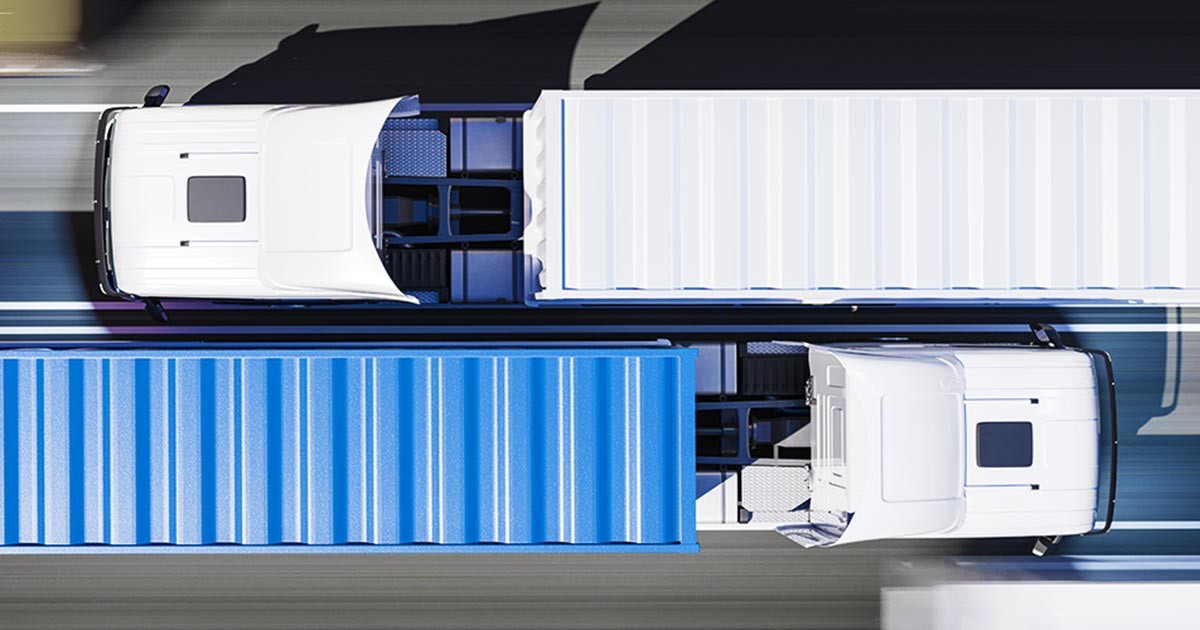Supply Chain Management: Features, Functions, And Requirements

Supply Chain Management software permits companies to perform the following:
- Source raw materials
- Control product cycles
- Monitor every touchpoint
- Centralize data
SCM at https://inspectorio.com/ provides real-time updates to the managers on each resource and delivery status, permitting several tasks:
- Plan potential disruptions
- Increase visibility
- Drive efficiency
- Promote accountability
Before you jump into a solution, you should determine which Supply Chain Management features a business needs most.

Essential SCM software features
- Monitor planning. Supply Chain Management systems provide info like the time, shipment date, order number, ID, freight data, and more. Businesses analyze insights to track the KPIs and make better strategic decisions. A centralized dashboard can help monitor:
- Procurement
- Manufacture
- Logistics
It helps plan for disruptions in advance. In the later process, you can feed the performance data back into the system to boost forecasts and trends. Planning helps manage inventory levels by automatically allocating stock for high-priority orders. Further optimization helps companies use a just-in-time system to lessen the costs along with holding an inventory.
- Customizable notifications
- Advanced shipment notification management
- Electric messaging API
- User Configurable Dashboard
- In-transit status updates
- Demand forecasting
- Visual supply chain map
- Supply network scheduling
- Material requirements planning
- Supply chain simulation
- Order processing. Get an order from sale to delivery accurately and quickly. It is one of the primary requirements of SCM. Get a head start with strong order processing, which makes all the difference for a good company. An order processing functions are:
- Streamlining order-related activities
- Increasing the number of excellent orders
- Improving customer satisfaction
It handles the creation and delivery of orders, including multiple channels, and drops freight. You can choose a system that will handle invoices too.
- Inventory management. It assists in evaluating how companies will bring materials into a business and the movement. Using software to organize the activities help companies gain more insight into how they work with the suppliers and where inventory will be at any given stage of the process chain. The first solution needs to support some techniques to input the inventory data into the system.
It is typically done using RFID barcodes or tags.
- Warehouse management. WMS or Warehouse Management System can bring more precise levels of control to physical warehouse operations. SCM feature assists the users more capably direct what transpires inside the warehouse. The system helps deal with all the parts of the equation, including:
- Labor
- Materials
- Floor space
- Operational protocols
- Everything in a warehouse works daily. These solutions are a part of the larger supply chain solution, as a standalone application or part of an ERP. While the standalone systems are integrated with the other software, selecting a solution as part of the existing SCM suite minimizes the need to manage overlaps and discrepancies.
- Integrated processing
- Integrated labeling
- Storage optimization
- Labor management
- Multiple warehouse support
- Cross-dock planning
- Virtual yard for the off-site equipment
- Warehouse KPI reports
- Outbound processing
These are only a few of the features of SCM, if you wish to know more about them, you can continue researching the rest.















